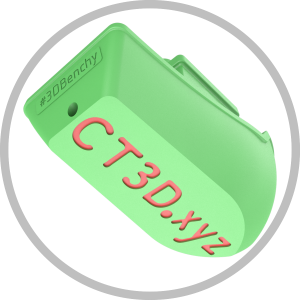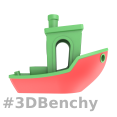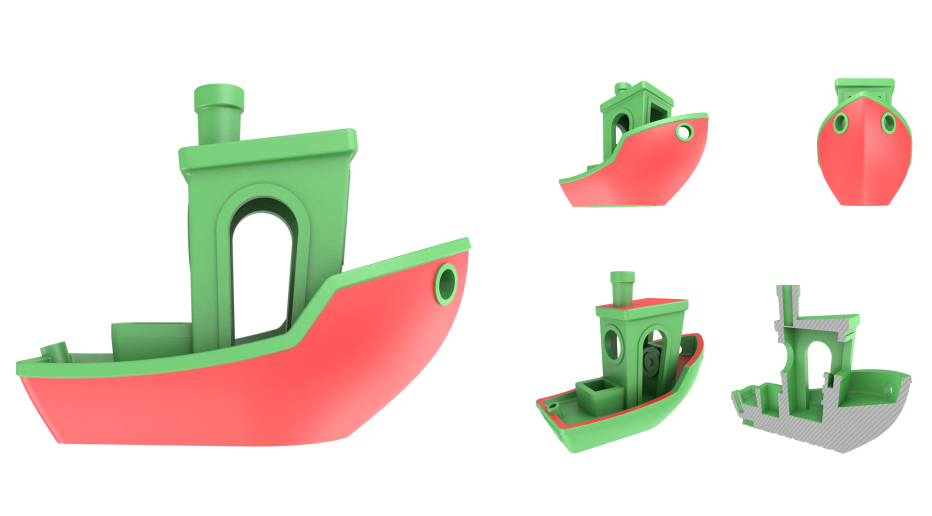
#3DBenchy is designed to offer a large array of challenging geometrical features for 3D printers, and touch on different issues related to additive manufacturing.
The 3D model is designed to print at 1:1 scale without support materials. It is challenging for most 3D printers but the small volume (15.55 cm3) typically prints in well under two hours and does not require much material.
The different surfaces of the #3DBenchy model reveal typical issues regarding surface finish, model accuracy, warping, etc.
Please see a complete list of each feature and correspondent descriptions below.
The Hull
The hull is a large, smooth overhanging curved surface that is challenging to 3D-print, and clearly reveals any surface deviations.
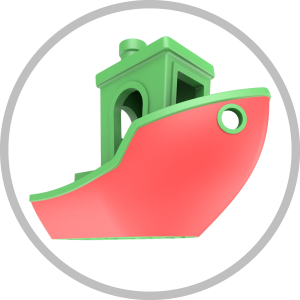
Symmetry
#3DBenchy is perfectly symmetrical which makes any skewness and warping easy to detect.
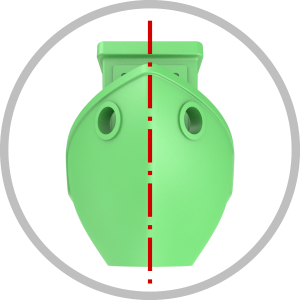
High-Resolution STL file
The STL file is triangulated at a very high resolution which yields smooth surfaces. The maximum deviation from the original CAD file is set to 0.001 mm.
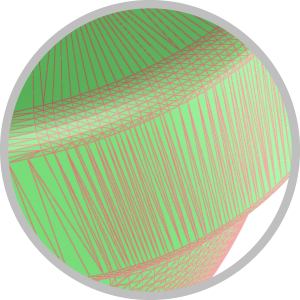
Planar Horizontal Faces
The top surfaces of the deck, box and chimney are planar, horizontal and parallel to the bottom plane.
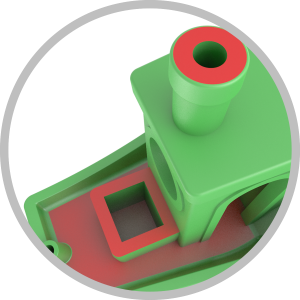
Tiny Surface Details
If you have a high-resolution 3D printer, this is where you can shine! The letters on the stern are less than 2 mm tall and the thickness of #3DBenchy’s nameplate is just 0.1 mm.
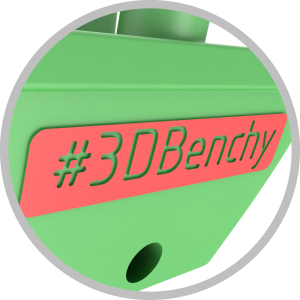
Cylindrical Shapes
The chimney is designed to define concentrical cylindrical shapes with inner and outer diameters. These clearly show deviations in roundness.
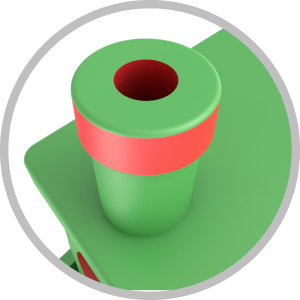
Overhang Surfaces
Overhang issues are the Achilles’ heel of 3D printing. #3DBenchy offers several challenging areas such as in the difficult-to-reach inside of the bridge.

Low-Slope-Surfaces
Low-slope-surfaces clearly show the layered structure of 3D printing. If printed horizontally, #3DBenchy’s gunwale and roof of the bridge will reveal the layer-steps.
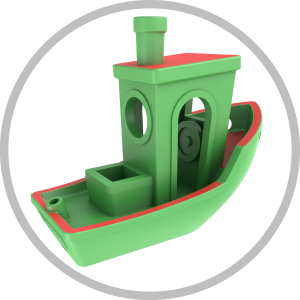
Large Horizontal Holes
The rear window offers a large circular horizontal hole and the boat’s wheel offers a round difficult-to-reach secluded feature.
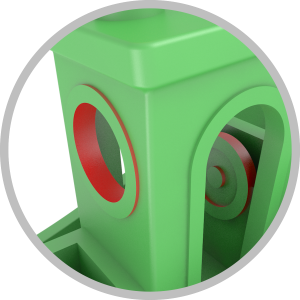
Small Horizontal Holes
The hawsepipe represents a small short horizontal hole and has a very thin flange against the hull.
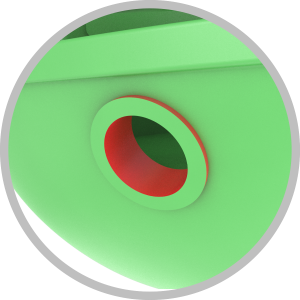
Slanted Small Holes
The fishing-rod-holder provides a very small slightly-slanted blind hole.
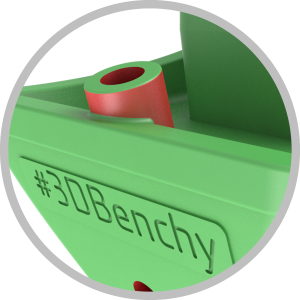
First-Layer-Details
The shallow letters at the bottom of the boat clearly reveal typical first-layer-squashing.
